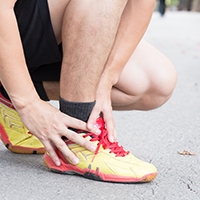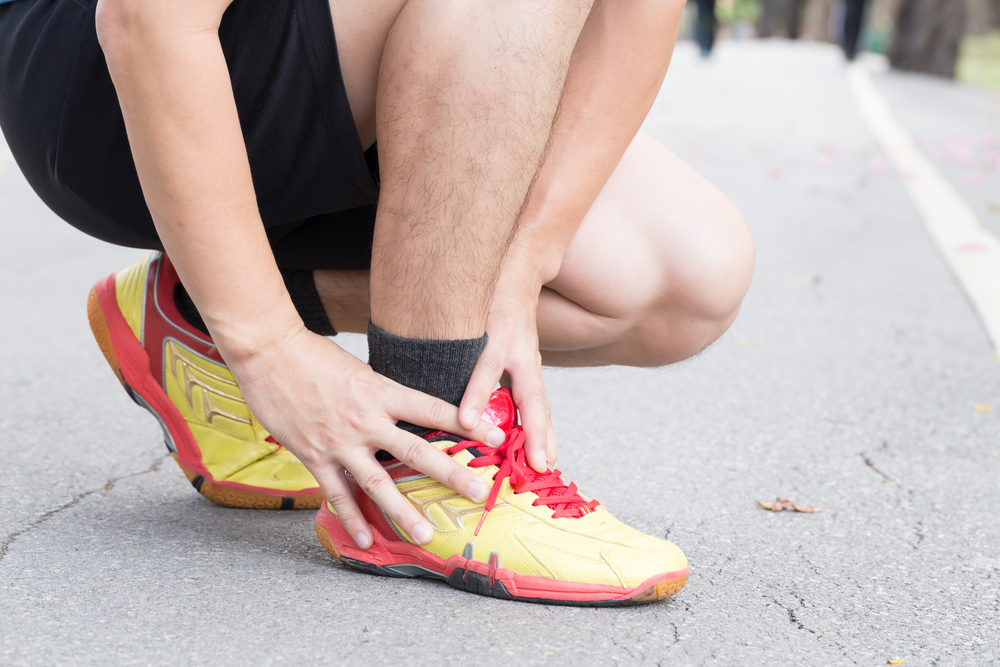
The Achilles tendon is the largest and strongest tendon in our body, and it connects our calf muscle to our heel bone. It gives our legs the strength to walk, run, and jump, but if it stretches too far, you can expect an injury. Let’s find out more about achilles tendon pain/tears, along with prevention and treatment.
Achilles Tears Are Common
Most tendon tears are usually acute or sudden injuries that occur when someone is playing sports. It can happen to trained athletes as well as weekend warriors who are not as physically trained. Activities with sudden starts, stops, and pivots are major causes.

In addition, a simple twist or fall on your ankle like missing a step or stepping in a hole can cause an achilles tear or rupture.
How To Know You Have Torn Your Achilles
Besides a sudden pain in the back of your ankle near the heel, you may hear a pop sound. It will be painful to walk especially up and down stairs, and bruising and swelling will develop. This type of injury requires treatment as soon as possible, or it may not heal appropriately.
Preventing An Achilles Tendon Tear
It is easier to prevent an achilles tear than to manage one, so knowing how to avoid one is a good place to start.
Help reduce your risk through the following suggestions:
- Regularly stretch your calf muscles and achilles tendon. Try to stretch 1 to 3 times per day for 15 to 30 seconds each.
- Wear the right footwear that has proper cushioning in the heel. You need the right support to reduce the risk of a strain or tear.
- Mix in some low impact workouts to give you tendon a rest.
- Stop with any sign of pain. Rest for several days if you have soreness or stiffness in that area.
- Avoid or limit running on hard or slippery surfaces.
- When training, increase the intensity slowly.
Treatment For Achilles Tendon Tears
The appropriate treatment for an Achilles tendon tear depends on your age, the level of your activity, and how severe the injury may be.
There are both non-surgical and surgical options available for patients. Younger and more active patients may want to opt for surgery, whereas older less active adults may try more conservative treatments at first.
Resting the area using crutches, ice, over-the-counter pain medications, and maybe a boot for stability are all ways to treat this injury short of surgery.
Surgical interventions are also an option. Physical therapy is necessary after either type of treatment.
Talk with OrthoNY about the severity of your injury and the treatment options right for you. Call (518) 489-2663, or request an appointment online, to schedule a visit at one of our offices in the Capital Region.
